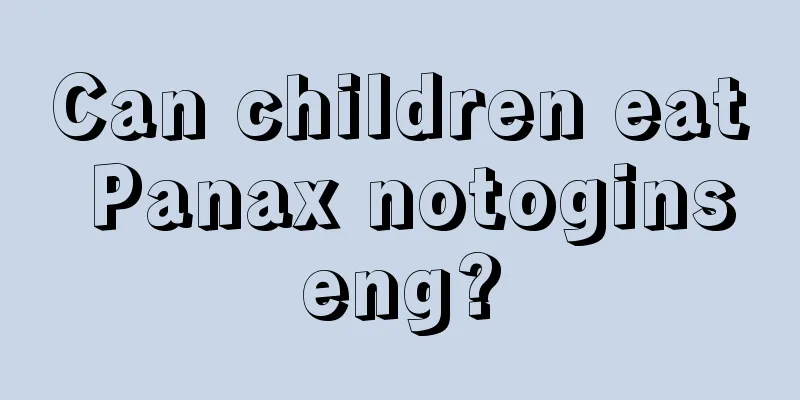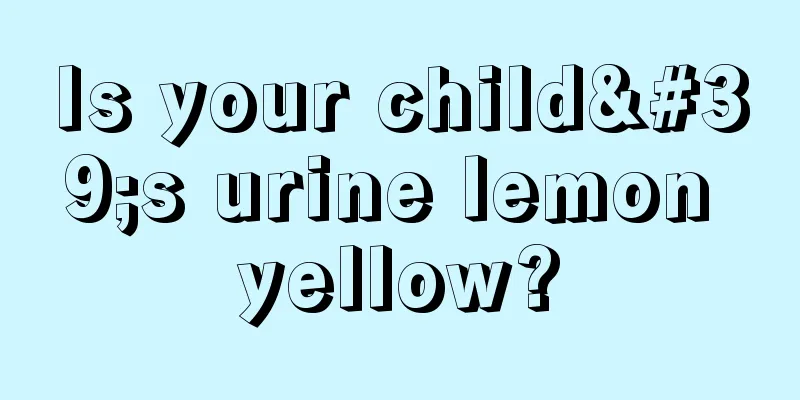What should I do if my baby is infected with Mycoplasma pneumoniae?

|
Mycoplasma pneumoniae infection is a common lung disease that children are very susceptible to. However, because the symptoms of Mycoplasma pneumoniae infection are similar to those of a cold, it is often treated as a common cold at the beginning, which delays the treatment time and causes certain harm to the body. So how should babies be treated when they are infected with Mycoplasma pneumoniae? Children's immunity after suffering from mycoplasma pneumonia is not strong and they may sometimes be infected again. In some patients, although the symptoms of pneumonia have disappeared and antibodies appear in the serum, they can still continue to excrete mycoplasma. l. Coughing and expectoration, similar to the symptoms of tracheitis and bronchitis. Frequent, severe, and persistent dry coughs are often the characteristics of this disease. In the early stages, it is a dry cough, but in the later stages, sputum may be produced. 2. When pneumonia occurs, there is often fever, even as high as 39°C. The fever course can be as short as 1 to 2 weeks or as long as about 1 month. 3. The general condition is good. Severely ill children may experience breathing difficulties, shortness of breath, and cyanosis. During examination, the child's physical signs such as moist rales in the lungs are often not obvious. 4. The total white blood cell count is normal or low. C-reactive protein is often elevated. The main antibacterial drugs for the treatment of Mycoplasma pneumoniae infection are macrolides Macrolide antibiotics that can inhibit the synthesis of nuclear proteins (such as erythromycin, clarithromycin, azithromycin, etc.) are the first choice antibiotics for the treatment of mycoplasma pneumonia, especially clarithromycin and azithromycin, which have fewer gastrointestinal adverse reactions, good efficacy, and are easy to use. These drugs are also effective against chlamydia infections and can be used to treat most common lower respiratory tract infections. It must be emphasized that penicillins and cephalosporins, which are commonly used to treat respiratory infections and pneumonia, work by inhibiting cell wall synthesis. Mycoplasmas have no cell wall. Therefore, these two types of drugs are not suitable for mycoplasma pneumonia. The above article introduces some methods for treating Mycoplasma pneumoniae infection in infants, which mainly involves taking antibacterial drugs for treatment. However, this type of drug has relatively large side effects on the body, so it cannot be taken for a long time. It is best to stop taking medication after one or two courses of treatment and use food conditioning as an auxiliary treatment method. |
<<: What is the cause of deafness in newborns?
>>: What are the dietary taboos for baby tracheitis?
Recommend
How far can a two-month-old baby see?
When the baby is two months old, many mothers sta...
Is it normal for a 13-year-old to have itchy nipples after taking a shower?
A 13-year-old girl is at the beginning of puberty...
Dietary treatment for alopecia areata in children
Parents are very worried about the healthy growth...
Treatment of infant cough and wheezing
The reason why babies cough and wheeze is that we...
Several issues that should be paid attention to in order to make children grow taller
According to a report from the World Health Organ...
Popularization of knowledge about baby myocarditis
We all know that babies have relatively poor phys...
What to do if a one-week-old child's hands turn red due to freezing
Children's hands and feet must be kept warm i...
What to do if a 3-year-old child has eczema?
Many mothers are very concerned about the problem...
Children's character formation period
Children's growth requires parents to be by t...
Should babies take anti-inflammatory medicine before or after meals?
Various types of anti-inflammatory drugs are comm...
Why do children love to blink?
Children's love of blinking is a very common ...
Two-year-old baby swallowed the date pit
Red dates have many benefits, including nourishin...
What are the symptoms of encephalitis in children?
Diseases like encephalitis have a very high incid...
What is the reason why children always bite their lower lip?
Sucking is an instinct that children are born wit...
How to treat toothache in children?
Toothache in children is common and has a variety...









